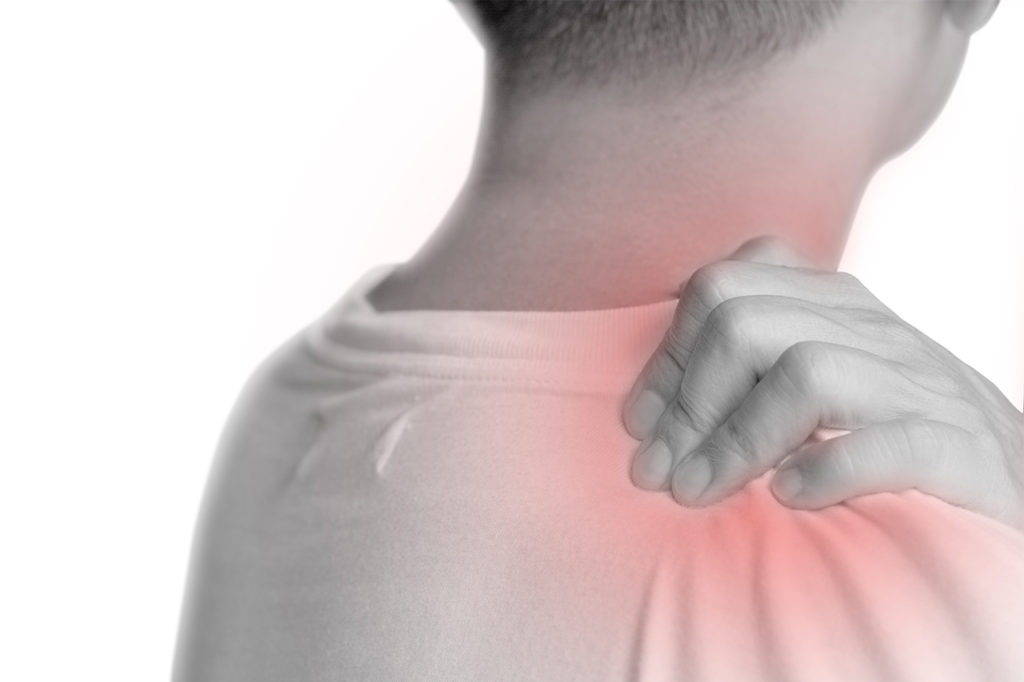Impingement syndrome is a common cause of shoulder pain. It happens when the tendons of the shoulder get stuck between the bones forming the shoulder joint. Repetitive overhead activity of the shoulder is a risk factor for shoulder impingement syndrome.
With impingement syndrome particular movements like reaching over head or reaching behind to pick up something may be painful or sometimes the pain may even be constant pain. Patients may also have weakness of muscles. Over time if not treated it can lead to thinning of rotator cuff tendons and eventually tear of the rotator cuff tear. It is usually diagnosed by history and clinical examinations. An X ray and/or an MRI is usually advised to confirm the diagnosis
Initial treatment is usually rest, pain relieving medications and a course of physiotherapy. If the pain continues to persist then injections of steroid or Platelet Rich Plasma[PRP] may be given into the shoulder. Vast majority of patients are better with theses treatment options. Some patients who continue to be painful will have to undergo an arthroscopic surgery for relief. Shoulder arthroscopy and sub acromial decompression with or without acromioplasty is usually performed for impingement syndrome.


What Are the Symptoms of Shoulder Impingement Syndrome?
The typical symptoms of impingement syndrome include difficulty reaching up behind the back, pain with overhead use of the arm and weakness of shoulder muscles.
If tendons are injured for a long period of time, the tendon can actually tear in two, resulting in a rotator cuff tear. This causes significant weakness and may make it difficult for the person to elevate his or her arm. Some people can have rupture of their biceps muscle as part of this continuing impingement process.